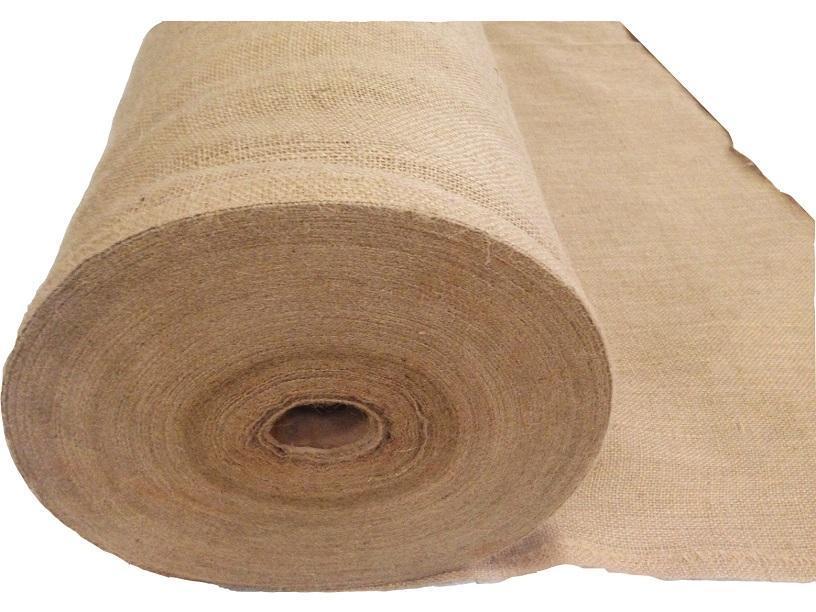Introduction
In a world where environmental concerns take center stage, it's vital to understand the significant differences between biodegradable and non-biodegradable fabrics and how they impact our planet. We often hear these terms thrown around, but what exactly do they mean, and why should we care? This article aims to shed light on this subject and guide you toward more eco-conscious choices when it comes to clothing.
What are Biodegradable Fabrics?
Types of Biodegradable Fabrics
Biodegradable fabrics are materials that can decompose naturally over time, returning to the earth without leaving harmful residues. They are a sustainable alternative to traditional textiles. Let's explore some common types of biodegradable fabrics:
1. Organic Cotton
Organic cotton is grown without synthetic pesticides and fertilizers, making it a natural and eco-friendly choice for clothing. Organic cotton is grown without synthetic pesticides and fertilizers, making it an eco-friendly alternative to hemp. It's soft, comfortable, and versatile, suitable for a wide range of clothing items.
2. Hemp
Hemp fabric is not only biodegradable but also known for its durability and breathability, making it a versatile option for various garments.
3. Tencel
Tencel, also known as Lyocell, is produced from sustainably sourced wood pulp and manufactured using a closed-loop process, minimizing waste and environmental impact.
Several fabrics share characteristics similar to hemp, including durability, breathability, and sustainability. Here are some fabrics that are similar to hemp in various ways:
- A. Linen: Linen is often considered the closest natural alternative to hemp. It's made from the fibers of the flax plant and is known for its breathability, moisture-wicking properties, and durability. Linen fabric is commonly used for summer clothing and home textiles.
- B. Ramie: Ramie is a natural fiber derived from the Chinese nettle plant. It's durable, resistant to wrinkles, and has similar properties to hemp, making it suitable for clothing and accessories. It's also known for its ability to blend well with other fibers.
- C. Jute: Jute is another plant-based fiber, mainly used for making burlap and other coarse textiles. While it may not be as soft as hemp, it is biodegradable, sustainable, and often used for bags, rugs, and packaging materials
- D. Bamboo Fabric: Bamboo fabric is made from bamboo pulp and is known for its softness, breathability, and moisture-wicking properties. It is sustainable because bamboo is a fast-growing and renewable resource.
- E. Sisal: Sisal is a natural fiber extracted from the agave plant. While it's coarser than hemp, it is durable and biodegradable. Sisal is commonly used for rope, twine, and some home textiles.
- F. Kenaf: Kenaf is a fast-growing plant that yields fibers similar to hemp. It's used in some eco-friendly textiles and can be blended with other fibers to improve its softness and texture.
- G. Cotton-Hemp Blends: Blending hemp with cotton can create a fabric that combines the sustainability of hemp with the softness and comfort of cotton. These blends are often used for a variety of clothing items.
- H. Recycled Fabrics: Fabrics made from recycled materials, such as recycled polyester or nylon, can also exhibit characteristics similar to hemp in terms of durability and versatility. They are sustainable options that help reduce waste.
Benefits of Biodegradable Fabrics
Biodegradable fabrics offer several advantages:
- Reduced Chemical Usage
Their production typically involves fewer harmful chemicals, benefiting both the environment and workers in the industry.
- Minimal Environmental Impact
Biodegradable fabrics break down naturally, reducing the long-term ecological footprint.
Challenges in Biodegradable Fabrics
- Cost
Biodegradable fabrics can be more expensive due to sustainable farming practices and ethical production.
What are Non-Biodegradable Fabrics?
Non-biodegradable fabrics, as the name suggests, do not break down naturally. These materials can persist in the environment for hundreds of years, causing harm along the way.
Types of Non-Biodegradable Fabrics
1. Polyester
Polyester is one of the most common non-biodegradable fabrics. It's derived from petroleum and poses a significant environmental threat.
2. Nylon
Nylon, often used in clothing and accessories, is another non-biodegradable synthetic material.
Environmental Impact of Non-Biodegradable Fabrics
Non-biodegradable fabrics have severe consequences for the environment:
- Microplastic Pollution
As non-biodegradable fabrics break down into tiny particles, they contribute to the growing issue of microplastic pollution in oceans and ecosystems.
- Resource Depletion
The production of non-biodegradable fabrics consumes vast amounts of resources and energy.
Biodegradable vs. Non-Biodegradable: A Comparison
Environmental Impact Assessment
Let's dive into a comprehensive comparison between these two fabric categories to understand their environmental implications better.
- Degradation Process
Biodegradable fabrics break down naturally through biological processes, while non-biodegradable fabrics persist and contribute to waste.
- Landfills
Non-biodegradable fabrics contribute significantly to overflowing landfills, which have numerous adverse effects on local communities and wildlife.
- Recycling
Biodegradable fabrics can often be recycled or composted, reducing waste. Non-biodegradable fabrics pose recycling challenges.
The Importance of Sustainable Fashion
Making Informed Choices
As consumers, we have the power to drive change in the fashion industry by making informed choices.
- Sustainable Fashion Movement
Supporting sustainable fashion brands and initiatives promotes environmentally responsible practices.
Sustainable Alternatives
Eco-Friendly Choices
- Vintage and Second-hand Shopping
Buying vintage and second-hand clothing reduces the demand for new non-biodegradable fabrics.
- Eco-Friendly Dyes
Opting for clothing dyed with eco-friendly, non-toxic pigments minimizes environmental harm.
Conclusion
In conclusion, the choice between biodegradable and non-biodegradable fabrics is not just about fashion but also about the health of our planet. By opting for biodegradable materials and supporting sustainable fashion practices, we can reduce our environmental footprint and contribute to a more eco-conscious future.

